Use these tips and resources to understand the concerns about heavy metals in baby food—and to learn how to reduce your overall risk and worry as you feed your kids.

I’ve been a mom for more than a decade, and in that time there have been so many scary headlines about food. And though I can say that I have gotten better at understanding how to fact-check information, there are many things that I wish I’d known when I was new to feeding my babies.
To help you worry less, this post is going to share actionable tips and resources for mitigating risk from heavy metals in baby foods. This issue may not be fully in our control, but there is actually quite a bit we can do—and a lot of worries we can let go. (Phew!)
One big piece of exciting news is that Little Spoon, which makes a range of baby, toddler, and kid food, has just introduced new rigorous ingredient testing protocols to ensure that everything in their baby food line is as safe as possible.
You can shop for Little Spoon products on its website.
(You may also like 1 year old feeding schedules, baby food chart, and favorite baby puffs.)
Table of Contents
Your toddler won’t eat? Help is here!
Sign up for our email updates to get tips and ideas sent to your inbox.

Why Heavy Metals Show Up in Baby Food
To start, heavy metals such as lead, arsenic, cadmium, and mercury are naturally occurring in the Earth’s crust. They can also wind up in food from soil or water pollution, fertilizer or pesticide use, and sometimes from the manufacturing and processing.
Longterm, cumulative exposure to heavy metals can be harmful to the developing brains of kids, so we want to reduce exposure to them as much as we can.
How to Reduce Overall Risk
The American Academy of Pediatrics (AAP) recommends serving a variety of foods over the course of a week, including a variety of fresh foods, frozen foods, and packaged foods.
This is the single best way to lower overall risk and to reduce your own worry. And remember: We have to consider the scale of exposure. Emily Oster lays out the incredibly high volume of any one rice-based product a child would need to eat in order to reach levels that research has linked to reduced IQ. And she suggests that we can take the simple step of offering a variety of foods and not thinking too much about this issue.
The AAP also recommends reading labels on baby food to make sure that the first ingredient isn’t the same in too many products you give your kids—ingredients like root vegetables, including sweet potatoes, can contain higher levels of heavy metals so be sure to vary exposure as much as possible.
We can also aim to vary the grains we serve, especially with any kind of rice or rice product, which tend to have more arsenic. So reach for a mixed grain cereal or oatmeal to vary the grains your kids eat.
You can also:
- Check the water report for your local water department to make sure heavy metals are below the recommended limits. (This is usually right on the website of your water department.)
- If you are on a well, have your well water tested.
- Use care with old paint and test to check for lead if your home was built before 1978.
- Choose lower mercury fish options such as light tuna, trout, salmon, cod, whitefish, and pollock.
- Limit fruit juice consumption.
- Rinse rice before cooking it and cook it in plenty of water (as you would pasta). Drain the water when the rice is tender.

How to Reduce Risk from Grains
Brown rice can be higher in arsenic than white rice. With any rice, though, you can reduce potential heavy metals by cooking it in a large pot of water, like you do with pasta, and draining off the excess water once the rice is cooked.
And again with grains, simply vary the types you buy to help lower the overall risk. This means some weeks you may have rice and others quinoa, millet, farro, and other whole grains. This goes for baby puffs, too.
Baby puffs made from rice were among the most problematic products found in the original report from Congress in 2021. So it is best practice to not buy the same type of baby food puffs over and over. Easy enough!

What to Look for on Food Packaging
When choosing which baby food, toddler food, and general foods to buy, look at the ingredients to make sure you know what the first few components are as you keep the goal of variety in mind. This matters most with mixed ingredient foods.
Last month, Little Spoon became the first and only baby food maker
in the United States to publicly set safety standards. The company’s testing is based on the European Union (EU) standard, which is stricter than the U.S. standard for arsenic, mercury, and cadmium, and similar to U.S. regulations on lead in baby food. Little Spoon is the first and only baby food company in the United States to commit to testing all of its baby food with an accredited third-party lab against strict publicly available standards. If the product doesn’t pass, Little Spoon won’t sell it. It’s as simple as that.
Learn more about Little Spoon’s standards.
Laws that Are Helping
At the start of 2024, California enacted a new law to help this issue, too. Manufacturers of baby food meant for kids under age 2 need to test a sample of the finished product for arsenic, cadmium, lead, and mercury once a month. And they have to share the results with the California State Department of Public Health if requested.
This applies to any baby or toddler food made or sold in California, which means that it should improve baby food testing for parents all over the United States (unless national companies make California-specific batches).
And, according to California’s new law, in 2025, baby food companies that manufacture or sell in California will have to publicly share certain results on their websites, so parents everywhere can see the information. If a product exceeds an FDA limit, there will need to be links on the product label to test results and impacts of heavy metals on kids’ health. (I do have some questions on how exactly manufacturers will be able to get that information on products so quickly, but we will have to see how that plays out.)

Best Tips
- Serve a variety of food to your kids throughout the week.
- Check the water quality report from your local water department (it will be on its website) to ensure there are no concerns about heavy metals in your local water supply.
- If you use well water, have it tested.
- Cook rice like pasta in a large pot of water and drain off excess water when rice is tender.
- Serve a mix of grains, both whole grains and in infant cereal and baby puffs.
- Limit fruit juice consumption.
- Incorporate products from Little Spoon, which is currently the only baby food maker to follow strict, publicly available standards testing for 500+ potential contaminants including heavy metals, plasticizers, and pesticides.
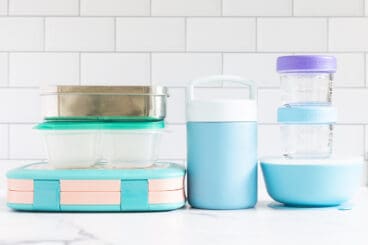
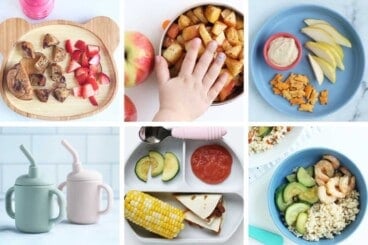
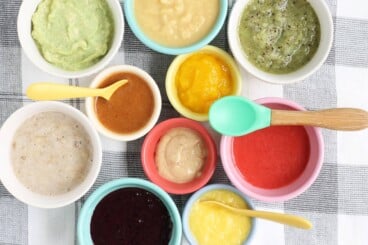

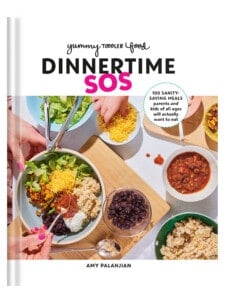
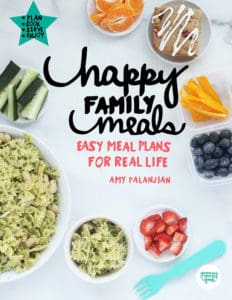
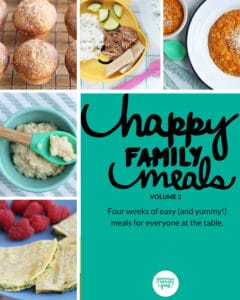




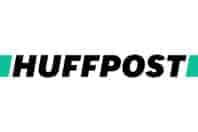
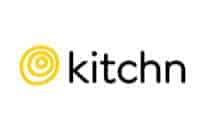
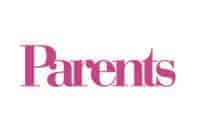



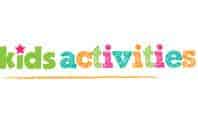

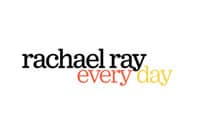


All comments are subject to our Terms of Use.